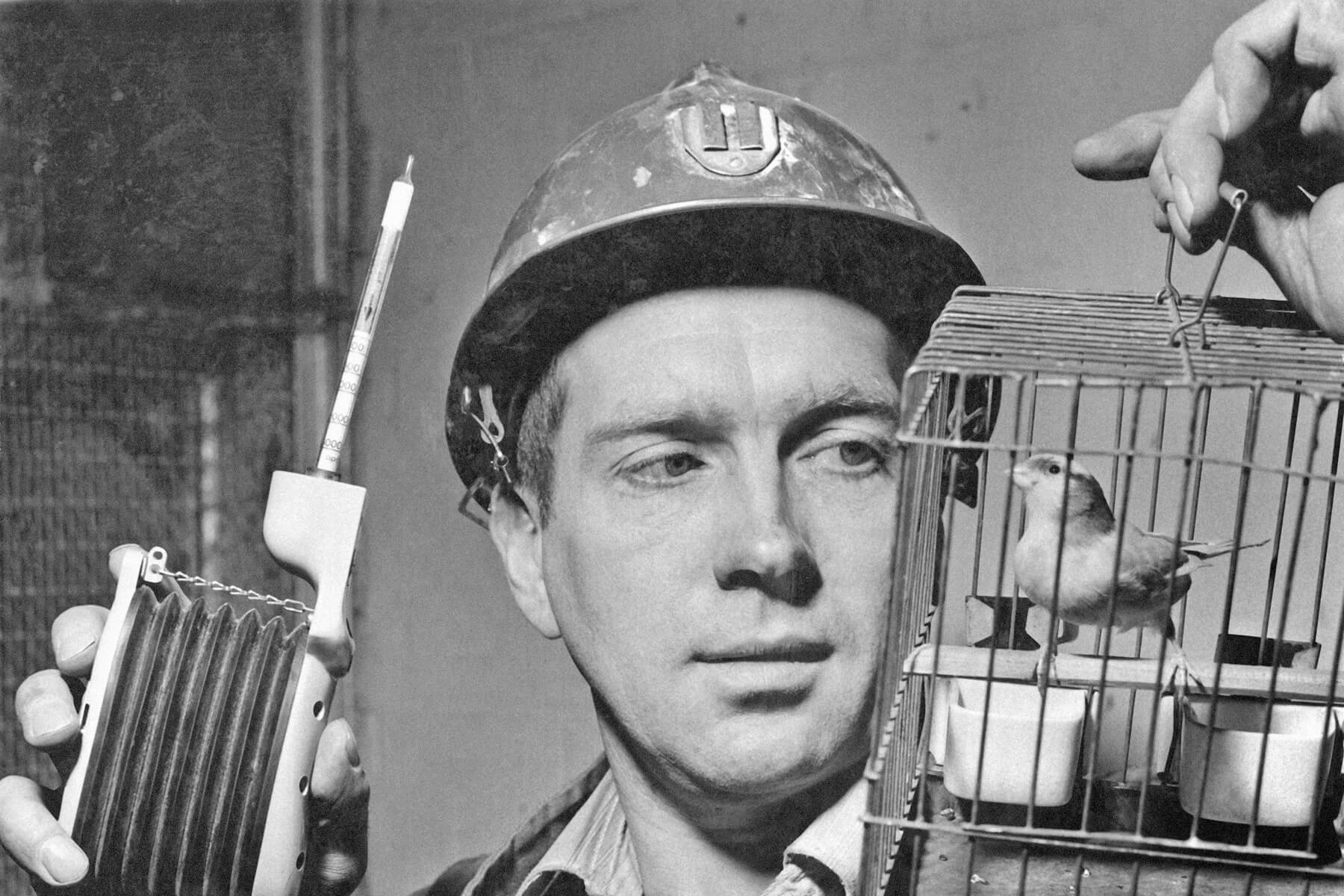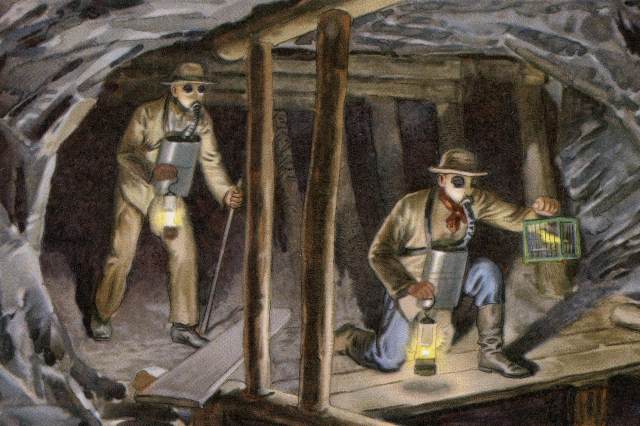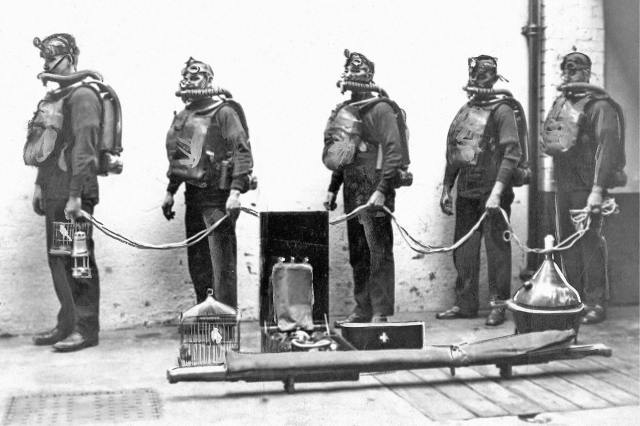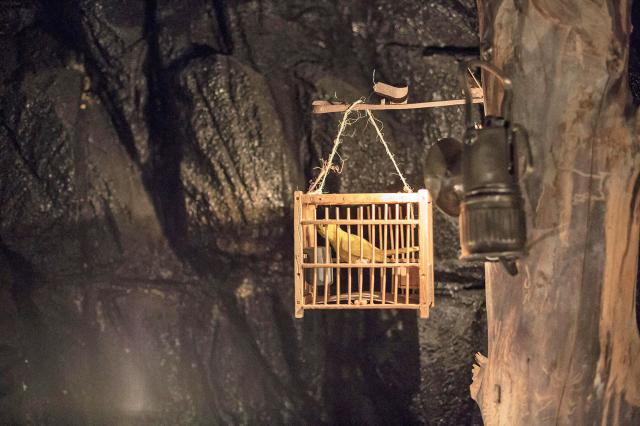How Did the Canary Come To Be Associated With Coal Mines?
Humans have been mining since prehistoric times, when flint was excavated for its use in tools and weapons. Since then, we have gone on to mine all manner of minerals, from copper and gold to the rare earth elements used to create the components in many of our modern devices.
Yet mining, and underground mining in particular, is extremely dangerous, with risks such as cave-ins, explosions, toxic air, and extreme temperatures. It may seem strange, then, that such a risky profession is associated with the small and spritely songbird Serinus canaria, otherwise known as the canary.
Just how did this tiny, tuneful member of the finch family become connected with going deep down into the perilous dark of the world’s coal mines? Well, as it turns out, we owe quite a debt to this brave little bird.
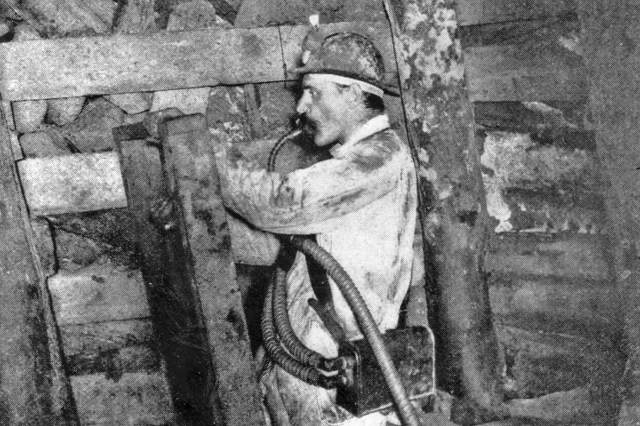
The link between canaries and coal mines began with the British physiologist and philosopher John Scott Haldane (1860-1936), a pioneering specialist in the physiology of respiration. Haldane’s many contributions to the field include his investigations into decompression sickness, which helped to improve safety for undersea divers, and an early gas mask designed to protect soldiers against poison gas in World War I. And it was Haldane who first proposed an innovative safety measure for miners. Following his investigation into the cause of an 1896 explosion at Tylorstown Colliery in Wales, Haldane concluded that carbon monoxide buildup was to blame for the disaster. So, he suggested using mice or birds to monitor gas levels in the mines, as he knew that these animals were far more sensitive than humans to poison gases.
You may also like
Recommendations For You
-
01.
 Science & Industry
Science & IndustryWhy Did Doctors Wear Beak Masks During the Bubonic Plague?
-
02.
 Science & Industry
Science & Industry5 Inventions That Came Out of the Great Depression
-
03.
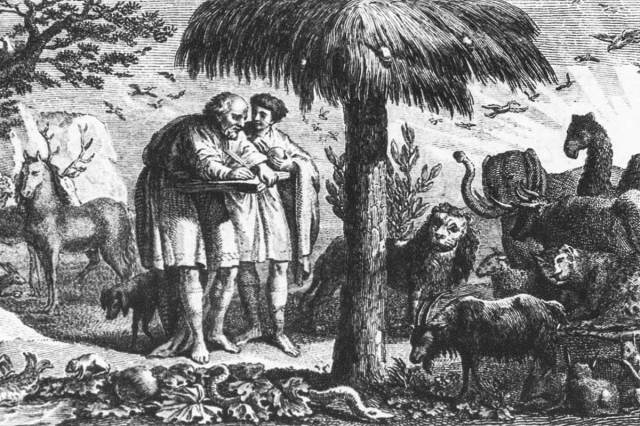 Science & Industry
Science & Industry6 Amazing Breakthroughs Made by the Ancient Greeks
-
04.
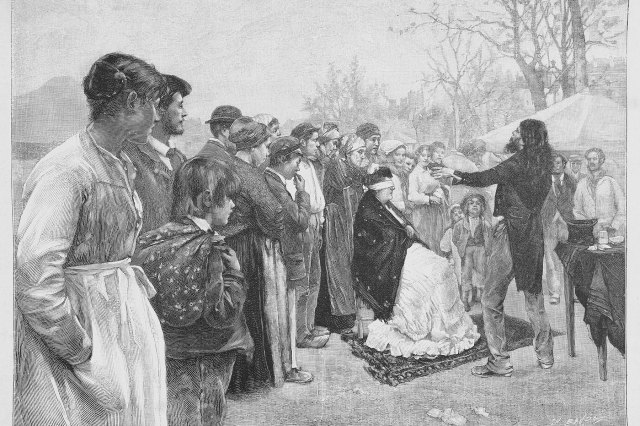 Science & Industry
Science & Industry6 Shocking “Scientific” Beliefs From Victorian England





